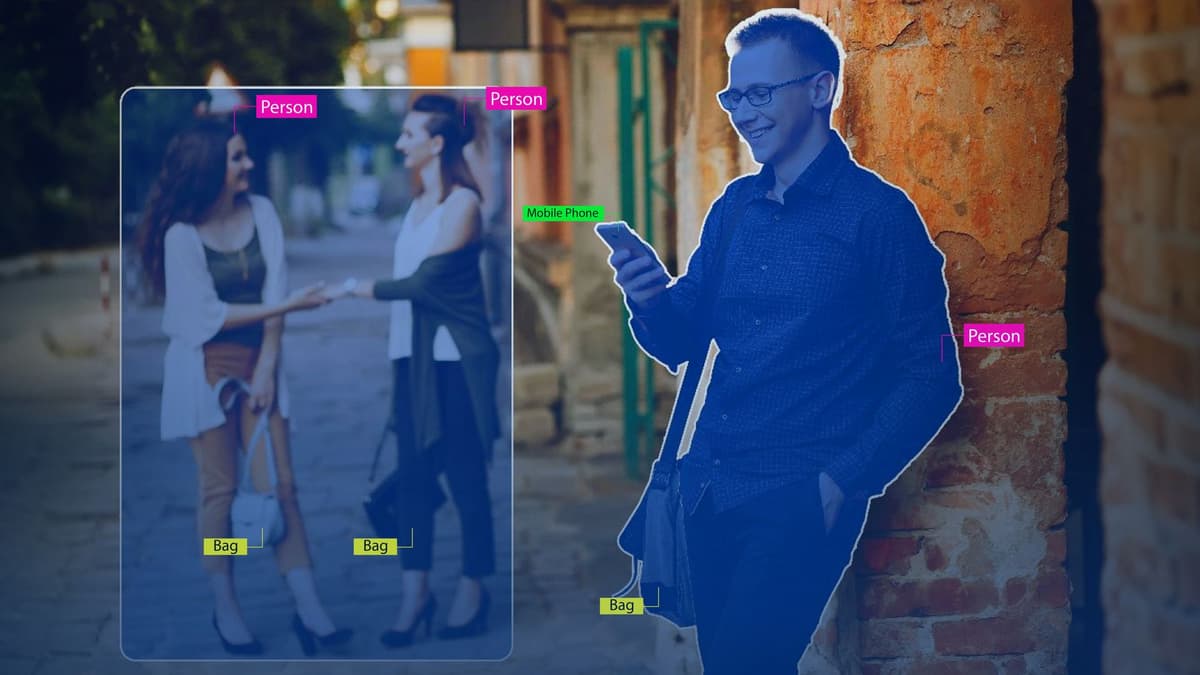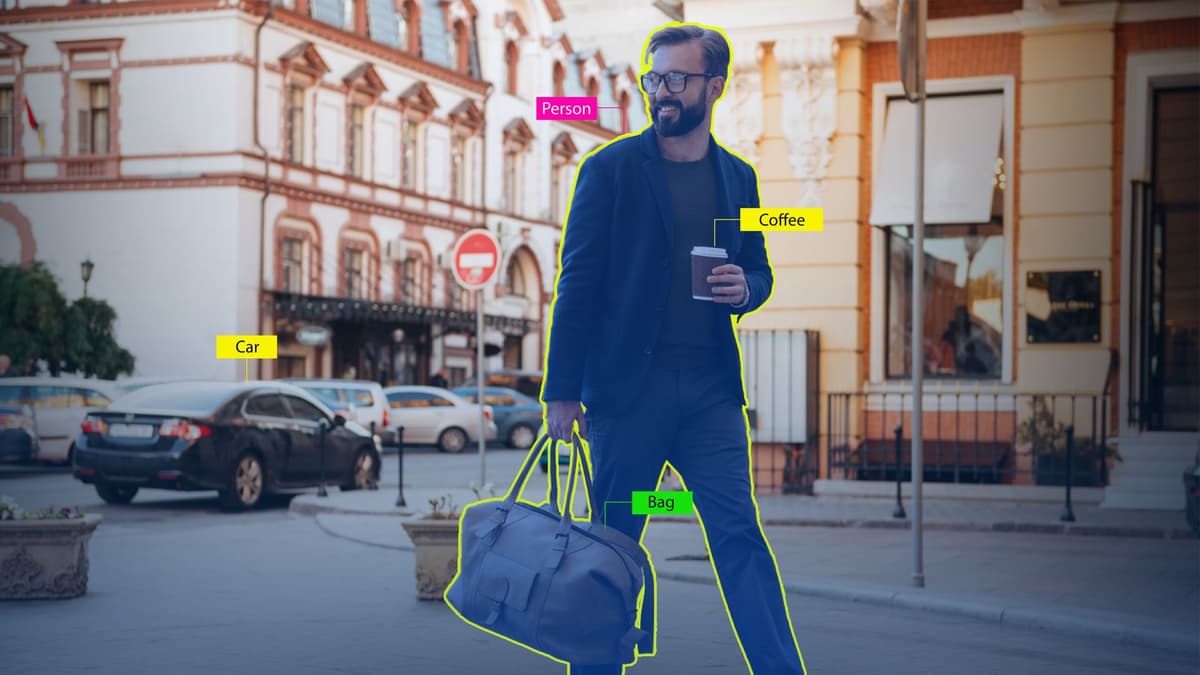What is Data Annotation? A Basic to Advanced Guide for 2025

In the age of artificial intelligence (AI) and machine learning (ML), data annotation has become a crucial process that enables computers to understand and interpret the vast amount of data generated every day. Whether it’s images, text, audio, or video, properly annotated data is essential for training effective AI models. This beginner’s guide will walk you through what data annotation is, why it’s important, the different types of annotation, and some best practices to get started.
What is Data Annotation?
Data annotation is the process of labeling or tagging data to make it understandable for machine learning algorithms. This process involves identifying relevant information within the data and adding metadata to it. For example, in image annotation, a human annotator may outline objects within an image and assign labels to them (e.g., “car,” “tree,” “person”). This helps the AI model learn to recognize similar objects in new images.
How Labelo Enhances Data Annotation
Labelo is designed to streamline the data annotation process. With its user-friendly interface, you can easily manage and organize your annotation projects. Whether you are a beginner or an experienced annotator, Labelo provides the tools necessary to annotate efficiently and effectively.
Applications of Data Annotation
- Healthcare
- Annotated medical images are used in diagnostic tools, helping AI to detect diseases like pneumonia and retinal conditions.
- Text annotation in medical records allows AI models to assist doctors in patient care and decision-making.
- Autonomous Vehicles
- Image annotation is vital for training self-driving vehicles, as it involves labeling key elements like road signs, pedestrians, and other vehicles within images and video footage to help the car’s AI system navigate and make decisions.
- Lidar and radar data annotations help AI systems understand 3D environments.
- E-commerce
- Product image labeling helps e-commerce platforms provide more accurate search results, improving user experience.
- Sentiment annotation of customer reviews helps businesses understand consumer sentiment.
- Security and Surveillance
- Video annotation is used to recognize suspicious activities or detect threats in surveillance footage.
Popular Data Annotation Techniques
- Manual annotation: Involves human annotators who meticulously label data, ensuring high accuracy, though it demands more time and resources.
- Automated Annotation: Tools or algorithms assist with annotating, often requiring human verification for accuracy.
- Semi-automated annotation: Integrates machine learning models with human supervision, accelerating the process while maintaining quality control.
Types of Data Annotation
Data annotation can take many forms, depending on the type of data being processed. Here are some common types:
1. Image Annotation

Image annotation involves labeling images to teach computer vision models. Common techniques include:
- Bounding Boxes: Drawing boxes around objects within an image to identify their location.
- Semantic Segmentation: Labeling each pixel in an image to indicate its class (e.g., sky, road, car).
- Keypoint Annotation: Identifying specific points of interest, like facial features in images.
2. Text Annotation
Text annotation focuses on labeling textual data, which is crucial for natural language processing (NLP). Techniques include:
- Entity Recognition: Identifying and classifying entities in text (e.g., names, dates, locations).
- Sentiment Analysis: Labeling text based on the sentiment expressed (positive, negative, neutral).
- Part-of-Speech Tagging: Identifying the grammatical parts of speech in a sentence.
3. Audio Annotation
Audio annotation involves labeling audio files, which is important for speech recognition and other audio-related applications. Techniques include:
- Transcription: Converting spoken words into written text.
- Sound Classification: Labeling specific sounds or audio events (e.g., barking dog, siren).
4. Video Annotation
Video annotation combines techniques from image and audio annotation, including:
- Object Tracking: Following the movement of objects across frames.
- Action Recognition: Labeling actions performed by subjects in the video.
Best Practices for Effective Data Annotation
- Provide Annotators with Detailed Instructions: Ensure annotators have clear and comprehensive guidelines to reduce inconsistencies in labeling.
- “Involve Multiple Annotators: Assign multiple annotators to label the same data to improve accuracy and reduce potential biases.
- Quality Assurance: Regularly check the annotations for accuracy through audits or automated verification systems.
Continuous Training: Ensure that annotators are well-trained and aware of any updates in the annotation guidelines.

| Key Concept | Explanation | Example |
| 1. Training AI Models with Labeled Data | – Supervised learning requires labeled data (data with tags or labels). – Annotating data helps the AI model understand patterns and make predictions. | – In image classification, annotating pictures of cats and dogs helps a model learn to differentiate them. |
| 2. Improving the Accuracy of AI Models | – High-quality annotations lead to better learning by the model. – Inaccurate or inconsistent annotations can lead to poor performance. | – In speech recognition, accurate transcription helps the model understand different accents and phrases. |
| 3. Real-World Use Cases of Data Annotation | – Annotated data is used in various AI applications like self-driving cars, chatbots, and recommendation systems. – Annotations help AI systems understand real-world scenarios and make informed decisions. | – Self-Driving Cars: Image annotations help detect pedestrians and traffic signs. – Chatbots: Text annotations help understand customer queries. – Recommendation Systems: Behavior annotations help recommend products or content. |
With Labelo, you have a powerful ally in your data annotation journey, making it easier than ever to create high-quality annotated datasets. Whether you’re annotating data yourself or working with a team, Labelo helps you achieve consistency and accuracy, setting your AI projects up for success. Dive into the world of data annotation with Labelo and unlock the potential of your AI applications!
Data annotation is essential for creating successful AI and machine learning models. By learning about different types of annotation and following best practices, beginners can help develop effective AI applications.
Labelo Editorial Team
Jan 10, 2025
Related Post

How Labelo Can Help With Both Bounding Box & Semantic Segmentation in 2025

How to Assign Annotators & Reviewers to a Task in Labelo

What is Data Annotation & Its Types [2025]

How to Improve Model Accuracy Through Quality Data Annotation in Labelo
Related Posts

How Labelo Can Help With Both Bounding Box & Semantic Segmentation in 2025
Data annotation is the backbone of many machine learning and computer ...
How to Improve Model Accuracy Through Quality Data Annotation in Labelo
In the rapidly evolving field of artificial intelligence and machine l...
The Future of Data Annotation: Trends and Innovation
Data annotation plays a crucial role in training AI and machine learni...
How to Assign Annotators & Reviewers to a Task in Labelo
In the context of data labeling and annotation projects, effective tas...